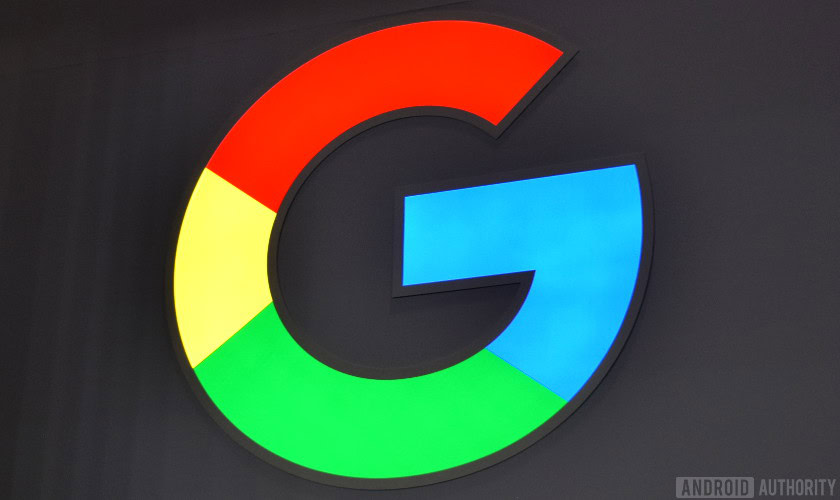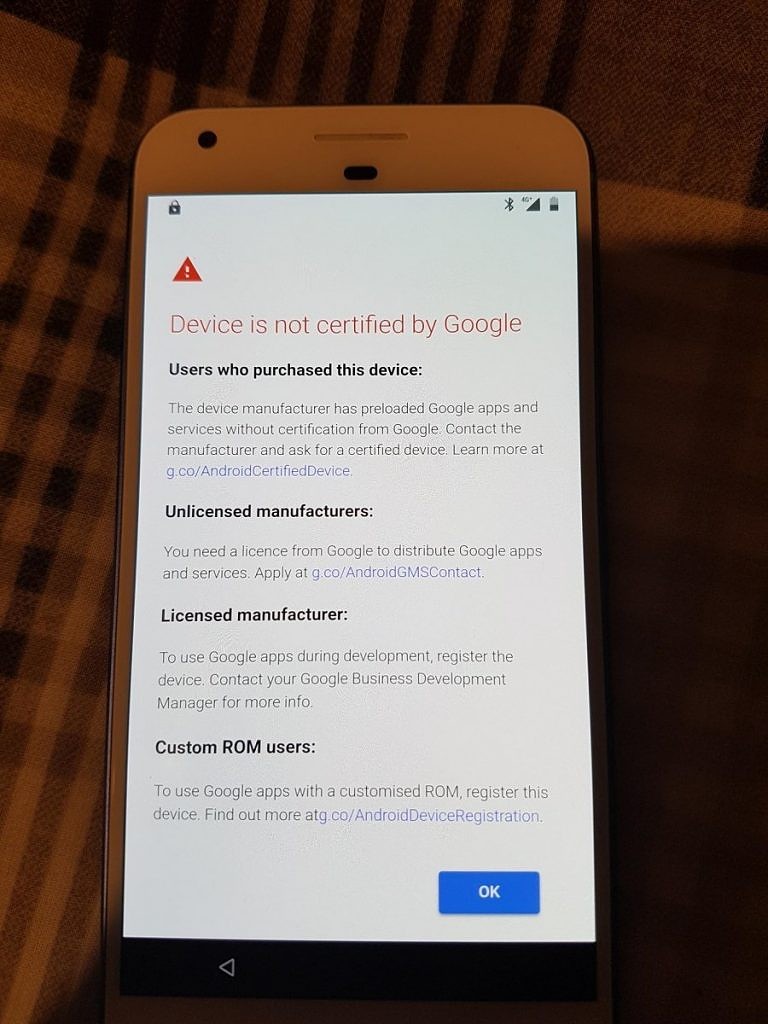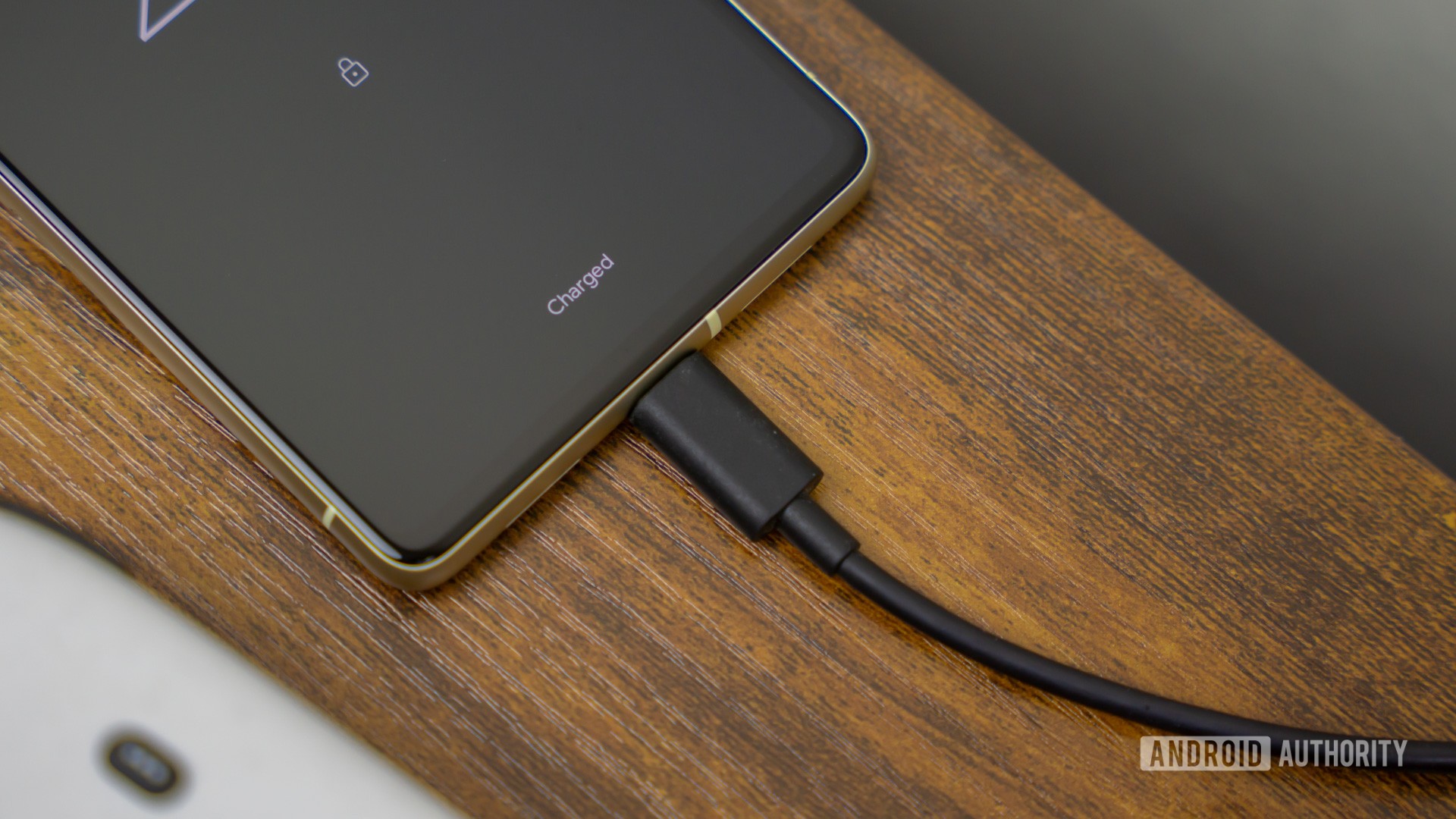Affiliate links on Android Authority may earn us a commission. Learn more.
Google apps now blocked from uncertified devices, but custom ROMs still OK

- Users who are running Google apps (like Gmail, Chrome, Maps, etc.) on uncertified devices will now see an error message and lose access to those apps.
- To use Google apps going forward, the user will have to get a new, certified device or convince the manufacturer to certify their current device.
- The custom ROM community gets a free pass from Google with a new registration page to allow Google apps on flashed devices.
If you are running Google apps on a device that’s not certified to run them – like an Amazon Fire OS device or an exclusive-to-China device – you may soon see an error and lose access to those Google-branded apps. That’s because Google is finally cracking down on uncertified devices using the suite of Google apps, like Gmail, Maps, Chrome, the Play Store, etc.
Android is an open source operating system, which means anyone can use the software for free without needing any kind of license. However, the Google suite of apps are proprietary, and Google doesn’t want those apps used on any devices which it hasn’t approved of first.
For years, all you had to do to sidestep this rule is download a ZIP file with all the relevant Google apps enclosed and then sideload them onto your device. However, now any device that is uncertified with an Android build compiled after March 16, 2018, will get the following error message after they sideload the apps:

In brief, the error message says that you’re running Google apps on an uncertified device and you should contact the manufacturer to get a certified device instead. If the manufacturer is unlicensed, it gives instructions on how it can get licensed. And, if the device manufacturer is licensed but there’s some sort of mistake with your device in particular, it gives instructions on how to deal with that as well.

The last part is about custom ROMs. Although the custom development community violates Google’s rules when it comes to sideloading Google apps onto unlicensed devices, that community is not what Google’s trying to stop with this new error message.
Ultimately, the custom ROM community is peanuts compared to the many Chinese devices that are sold with Google apps pre-installed – a flagrant violation of Google’s rules.
As such, Google is giving custom ROM enthusiasts a free pass by letting them register up to 100 devices that then become attached to their specific Google account. You can register your devices by clicking here and entering the IMEI of each device you own that you use to flash custom ROMs (be sure that you’re logged in to the appropriate Google account).
You can now personally register up to 100 devices so you can run Google apps on custom ROMs.
Please note that the instructions on the registration page refer to your “Android ID,” but that’s not actually what you enter. You instead enter your IMEI. Why Google made this error, we’re not sure, but entering your Android ID (a string of numbers and letters unrelated to your IMEI) will result in a failed entry.

Once your device is registered, any time you flash a custom ROM on that particular device, you will be able to sideload Google apps without receiving an error message.
According to XDA Developers, this change has been over a year in the making, and the company had already informed manufacturers that the change was coming. It’s just that now Google will be enforcing the rule moving forward.
Ultimately, this new restriction is good news. It will hurt companies that abuse Google’s services while only placing a slight inconvenience on the custom ROM community that has had a huge hand in popularizing the Android platform.